“We love LEDs,” says Brendan Ravenhill of LA lighting company Ravenhill Studio. “They’re better for the environment. They’re sturdier than their incandescent counterparts and will outlive most of your apartments. But the quality of the light cast by LEDs can be less than satisfying if you don’t shop carefully.”
Hearing this—and ever on the lookout for an LED that casts a kinder light—we reached out to Brendan and his team fore guidance. The LA studio turns out to be extremely knowledgable on the subject: they’ve just unveiled their own line of dim-to-warm LED lightbulbs. Making bulbs, they tell us, came in response to frustration over what’s out there and a desire to pair their designs with the best.
Yes, the Ravenhill team can’t help but be a bit partial to their own products, but as longstanding fans of their lighting, we wanted to hear their advice. And when we couldn’t keep it all straight, they patiently delivered a cheat sheet: no need to take notes—you’ll find all the key facts at the end.
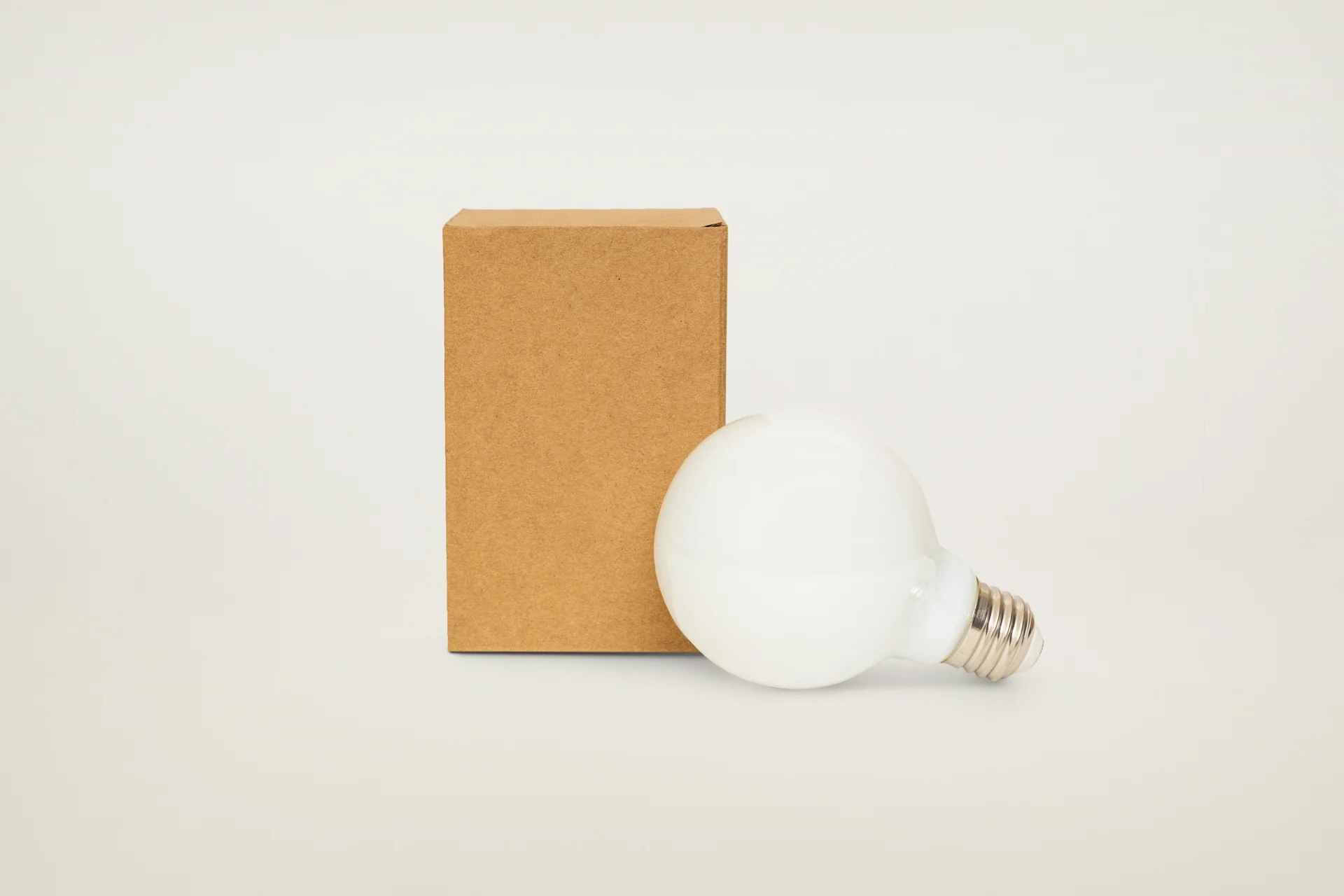
Remodelista: Where to begin when bulb shopping?
Ravenhill Studio: There are three things to consider:
1. Brightness (Lumens): Are you looking for output or something that sets the mood? If brightness is your priority, shop for high Lumens (e,g, 500 and up), but unless your house is a science lab, you’ll still want some warmth, too, so don’t go no cooler than 3000 Kelvins. Look for descriptions on the bulb box like “warm white” and avoid descriptions like “soft white” or “daylight.”
2. Warmth (Kelvins): If you’re lighting up a part of your space that’s primarily for living (as opposed to working), shop for lower Lumens (between 450-800), 2700 Kelvins, and stick with “warm white.” This will ensure your fixture emits ample brightness without being cold. The light will also be more flattering and comfortable.
3. Dimming: If your fixture will be used in a spot where you occasionally want to lower the light to shift the mood, we recommend a dimmer switch and a “dim to warm” or DTW bulb.
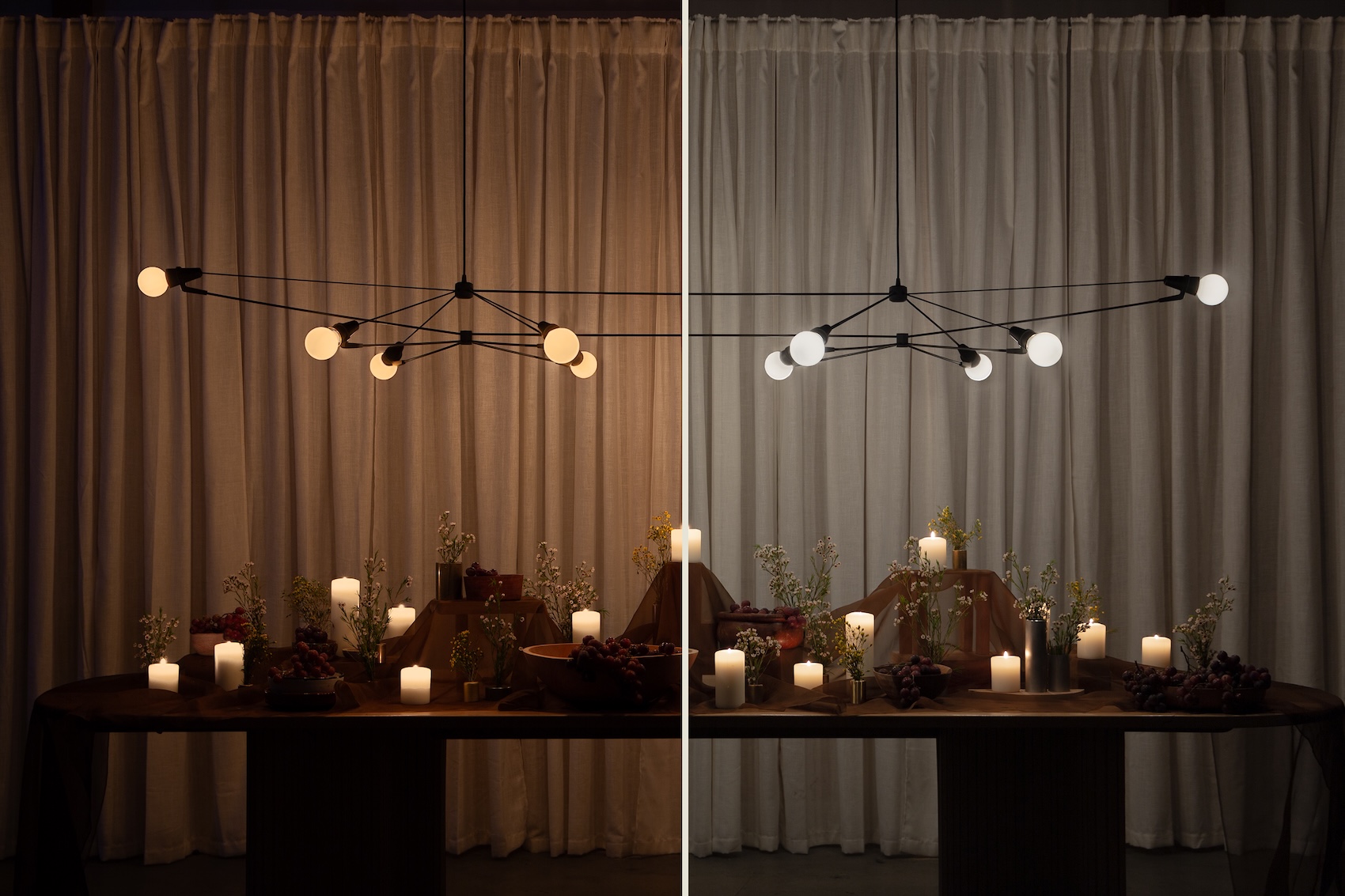
Remodelista: Dim to warm seems to be the term of the moment. Please explain.
RS: Plug regular LEDs into a dimmer switch and your dimmed light is going to feel cold and blue. The latest DTW (dim to warm) bulbs shift their color temperature as they dim: instead of just getting less bright, the light quality moves from a brighter, whiter light to a warmer amber that better mimics natural light, so you no longer have to choose between the efficiency of LEDs and the light quality of dimmed incandescents.
Remodelista: Should we all be using dimmers?
RS: Yes, in our version of the future, everyone will have dimmer switches and DTW bulbs at least in some key spots: the lights over the dining table, by the bed, and in the living room. Dimmers are straightforward to install, much like replacing a standard light switch. Just please make sure your power is off. We like Lutron dimmers.
Remodelista: How do lampshades and other lighting materials impact bulb choice?
RS: If your fixture creates warmth through the use of a shade or a warm finish, like oak or brass, you can worry a bit less about the brightness and warmth of the bulb you choose. But we would recommend nothing cooler than 3000K (Kelvins). On bulb packaging, this is often written as “warm white,” as opposed to “daylight” or “soft white.”
Remodelista: In addition to your own bulbs, which brands do you recommend—and what makes their offerings better than what most people are picking up at big box stores?
RS: We highly recommend American brand EmeryAllen, a company based in Charleston, SC—they have some of the best quality bulbs out there. We also like UK brand Tala for their large range of bulb offerings. The best bulbs render color temperature more accurately and have a better dimming profile, meaning when they’re used with a dimmer they have a bigger dimming range and are less likely to flicker. That technology costs money, so it’s what you’re paying more for.


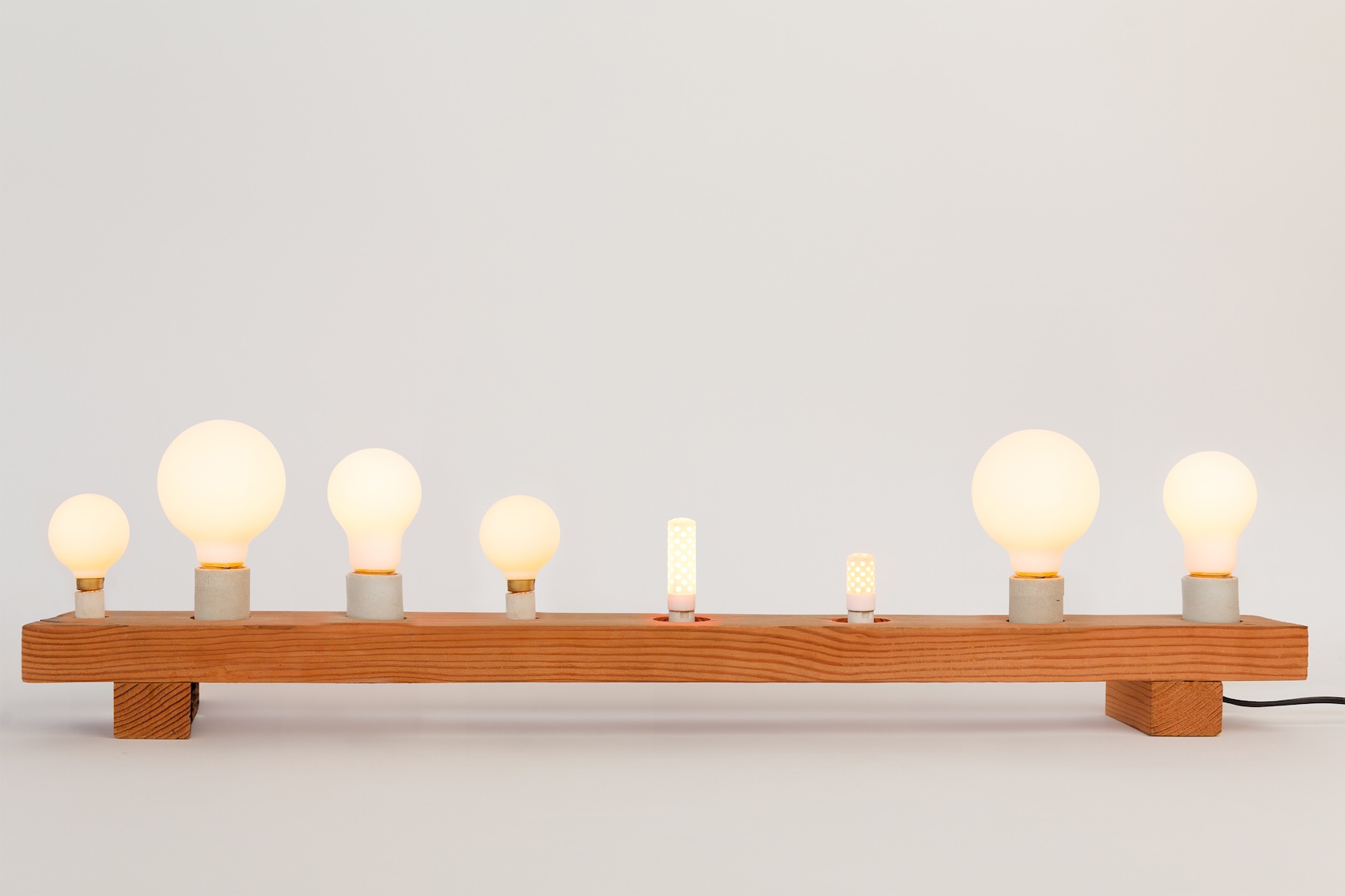
Remodelista: There are a lot of bulb sizes and shapes now available. How to figure out what’s required?
RS: Light fixtures usually have stickers recommending replacement bulbs and wattage that should be followed. If your fixture does not specify a bulb type anywhere, then it’s likely using an integrated LED and you have to contact the manufacturer for a replacement.
Most bulbs are described by a letter and number combo, such as A19 and G25. The letter refers to the bulb shape—A for example is the classic bulb shape [see more below]. The number after the letter somewhat strangely describes how many eighths of an inch the bulb has in effective diameter. So a G16.5 measures 16.5 eighths of an inch or 2.065” in diameter—fortunately, there’s no math required.
CHEAT SHEET
Bulb Rule of Thumb
For Living Areas and Bedrooms
- Warm White
- 2700K
- Between 450-800 Lumens. Aim for 1,000 total Lumens for every 100 square feet (a 10×10 room) combined across fixtures/bulbs.
For Working Areas, including Kitchens, Offices, and Bathrooms
- Warm White
- No cooler (ie. higher) than 3000K
- Aim for 2,000+ total Lumens for every 100 square feet (a 10×10 room) combined across fixtures/bulbs. A very bright room will be closer to 5000 Lumens for every 100 square feet.
Bulb Lingo
- Lumens = Brightness. Higher lumens = brighter light.
- Kelvins = Warmth. Lower Kelvins = warmer light. Don’t go cooler (ie. higher) than 3000K.
- DTW/Dim to Warm = To avoid an unwanted cool blue light and achieve a flattering warm amber.
LED Shapes
- A is a classic pear
- G means globe
- T stands for tubular
- S is something of an eggplant shape
A sticker on your fixture base should tell you the shape and size bulb and wattage that should be followed.
Bulb Resources
- Look to Ravenhill Studio, EmeryAllen, and Tala for bulbs, especialy dim to warm options.
- Source dimmers from Lutron.
More from Ravenhill Studio:
- How High to Hang a Kitchen Pendant and Other Crucial Lighting Tips
- A Boat Builder-Turned-Designer’s Seaworthy Sauna in a Maine Harbor
- Extra Bedroom: Designer Brendan Ravenhill’s Summer Sleeping Porch
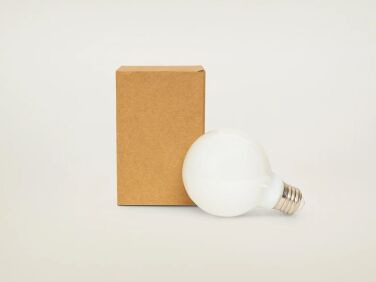
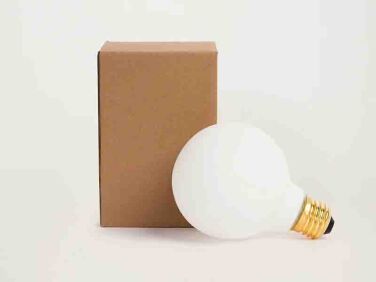
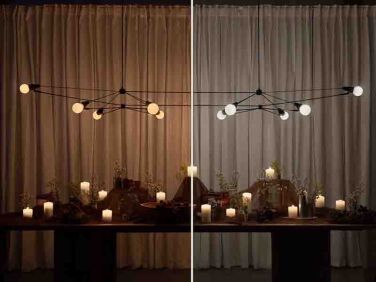
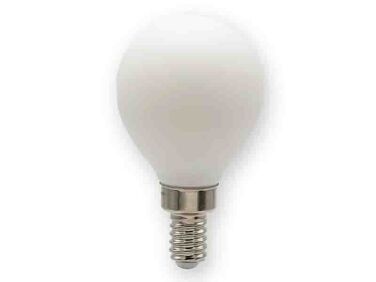
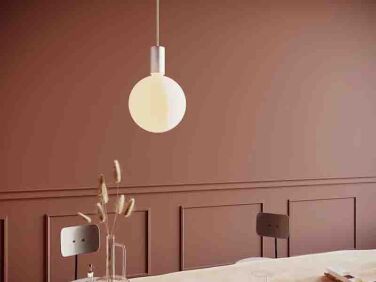
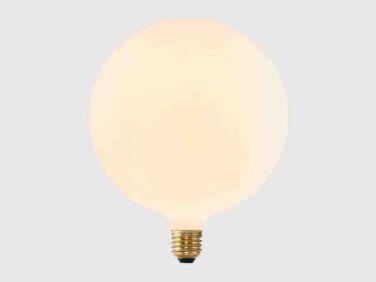
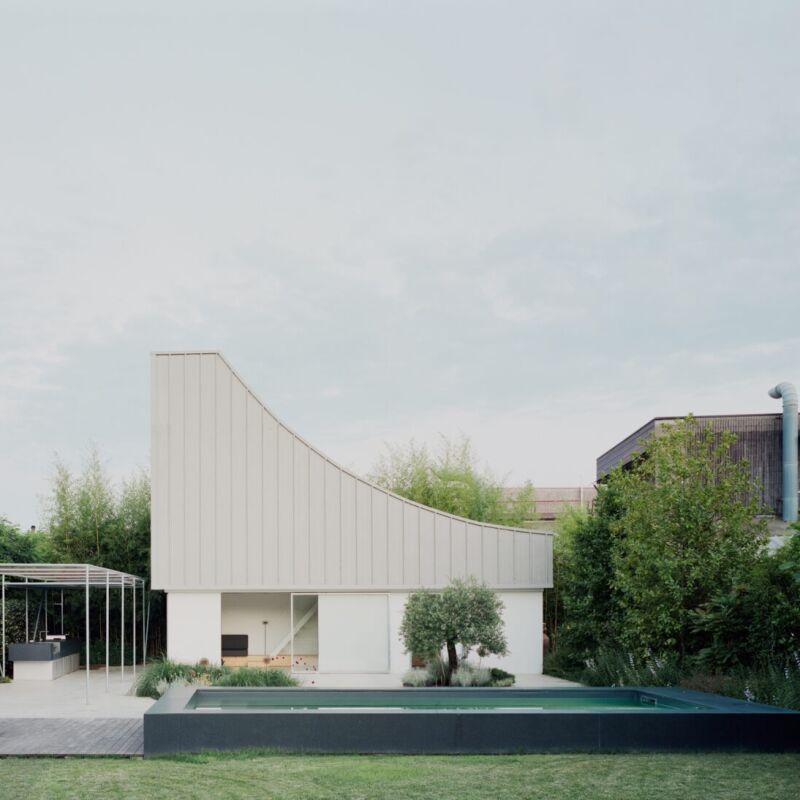

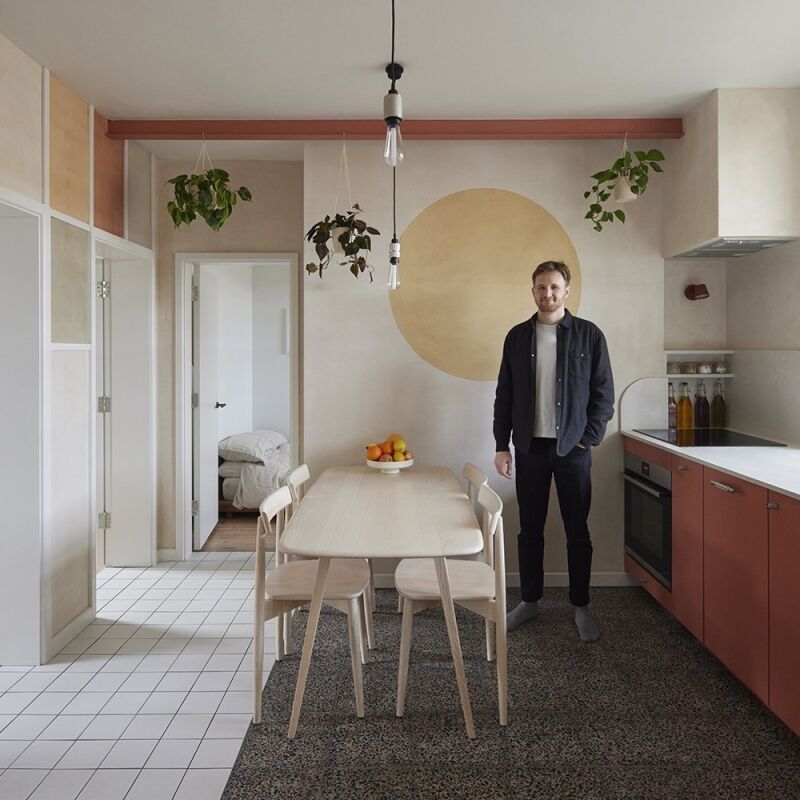

Have a Question or Comment About This Post?
Join the conversation (1)